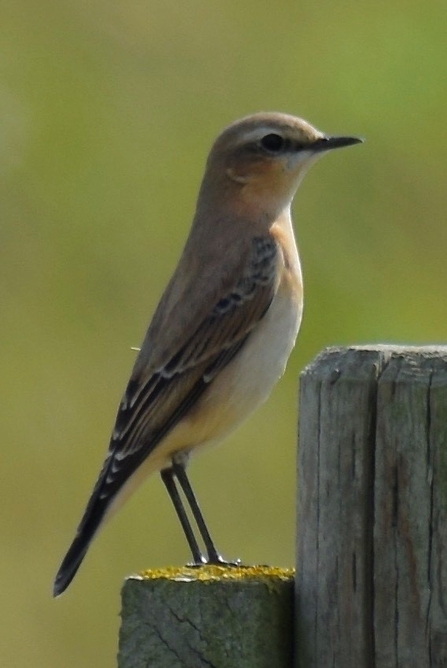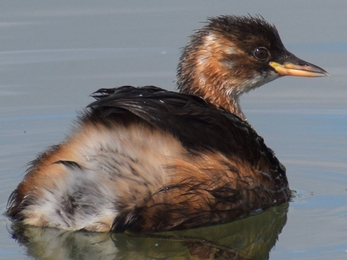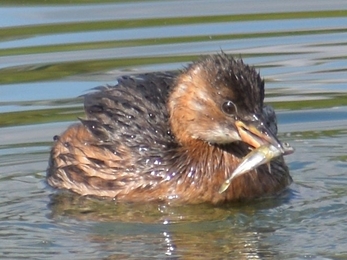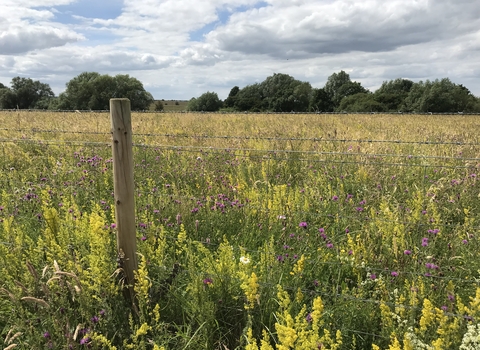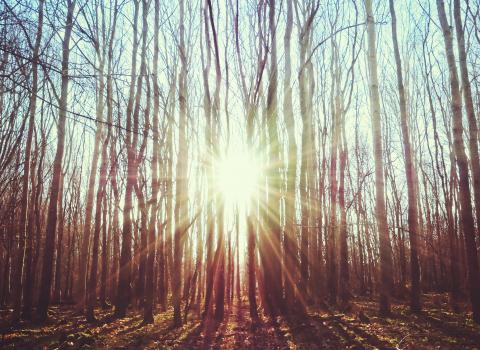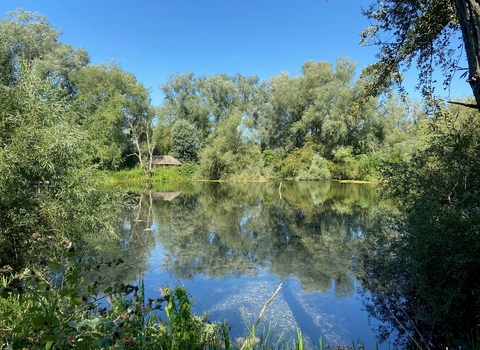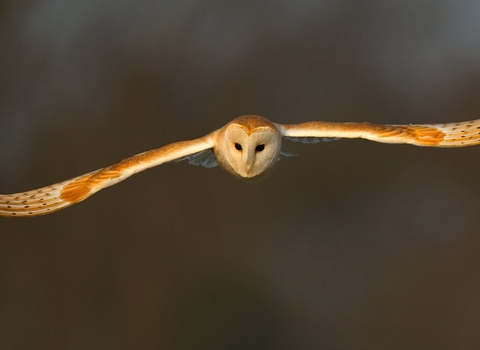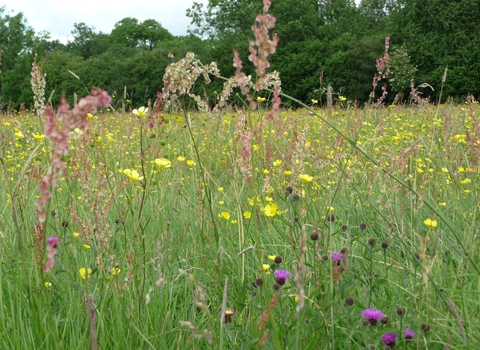As our strange summer comes to an end, rather swiftly it seems, with temperatures plummeting in recent days, it’s a good time to get out and enjoy the last few butterflies and dragonflies of the season. At this time of year they make the most of sunny spells to get on the wing and feed. For some butterflies, this will be a much needed boost before they go into their overwintering stage. Look out for them appearing in your garden shed or outbuilding, some of their favourite refuges, and please let them rest there in safety.
At the moment our woodland margins and rides are great places to see butterflies feasting on the last wild flowers or blackberries. I visited our Trust reserve at Waresely Wood in Cambridgeshire this week and saw a nice range of different species including speckled wood, green veined white, peacock, large white and the jagged shaped comma. These commas are so well camouflaged that they look just like an old leaf when they close their wings. Butterflies in the comma's genus are often called ‘angled winged’ butterflies due to their distinctive shape. Commas get their name from the distinct white comma shaped mark on the underwing.



